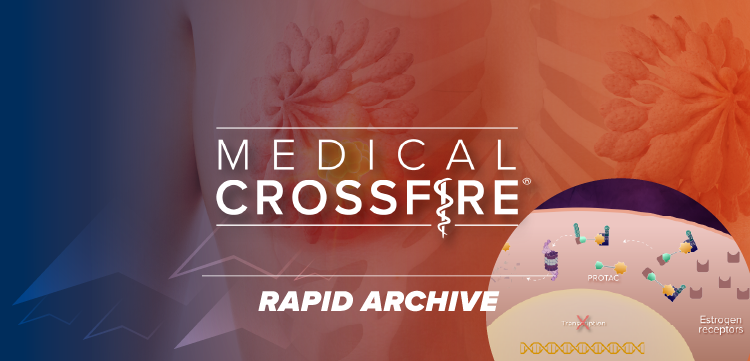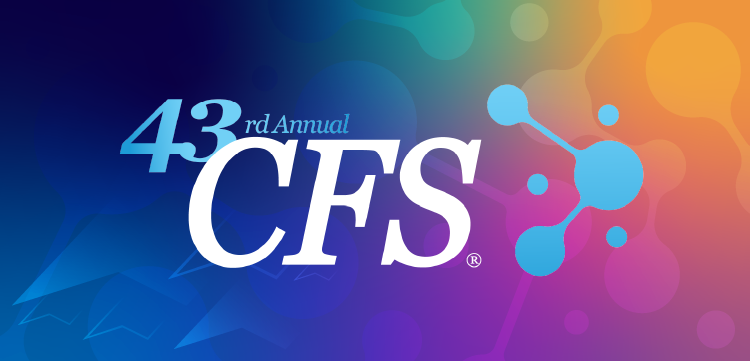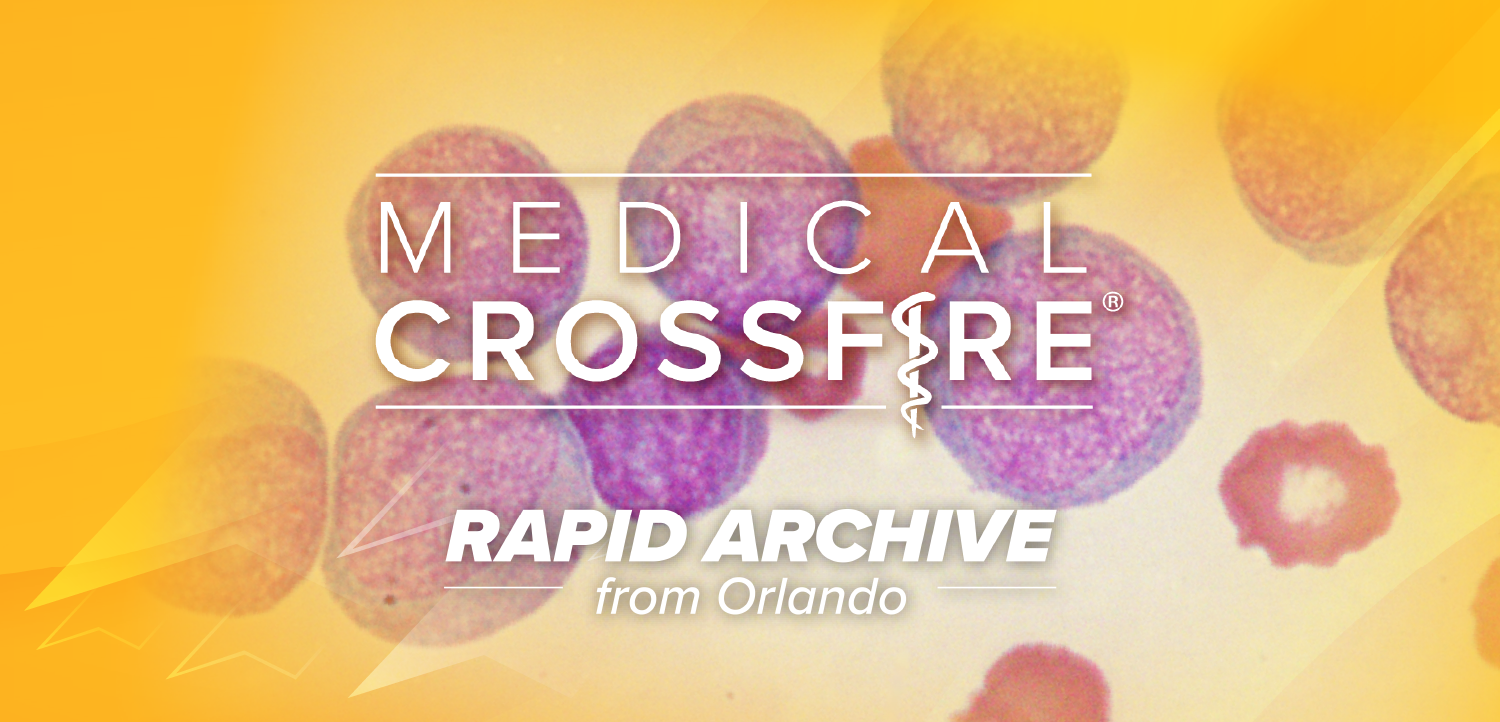
Steroid-Free Strategies: Trial Insights Into Novel Atopic Dermatitis Topicals
An expert discusses the importance of careful topical steroid use to minimize adverse effects in atopic dermatitis, while highlighting newer, more potent nonsteroidal treatments such as PDE4 and JAK inhibitors as promising safer alternatives for effective long-term disease control.
Episodes in this series

In clinical practice, careful guidance on topical steroid use helps prevent many of the concerns often raised about long-term steroid effects. Dermatologists typically provide strict instructions on when and how to apply steroids and limit the number of refills to avoid overuse. Despite this, some patients with severe atopic dermatitis may develop adverse effects such as stretch marks after many years of steroid use. These risks highlight the importance of monitoring and cautious prescribing to minimize adverse outcomes while effectively managing symptoms.
There is growing excitement about newer nonsteroidal topical treatments for atopic dermatitis, especially given their potential to provide effective, steroid-sparing options for both sensitive and thicker skin areas. Earlier nonsteroidal options such as tacrolimus and pimecrolimus were mainly used on delicate skin areas and had limited efficacy. Newer medications such as crisaborole, roflumilast, ruxolitinib, and tapinarof represent a revolution in treatment, offering different mechanisms of action, greater potency, and improved tolerability. These options expand choices for patients needing longer-term management without the risks associated with steroids.
Clinical trial data show these new topicals can achieve significant improvements in skin clearance and symptom control. For example, roflumilast demonstrated marked efficacy with minimal irritation, making it a preferred PDE4 inhibitor over crisaborole due to its higher potency. Similarly, topical ruxolitinib, a JAK inhibitor, shows clear benefits with manageable adverse effects despite a boxed warning inherited from oral formulations. Tapinarof, targeting a different pathway, also delivers substantial results, though these nonsteroidal treatments generally take longer to act than steroids. Overall, these advances offer promising alternatives for safer, effective long-term management of atopic dermatitis.
Newsletter
Enhance your clinical practice with the Patient Care newsletter, offering the latest evidence-based guidelines, diagnostic insights, and treatment strategies for primary care physicians.














































































































































































































































































